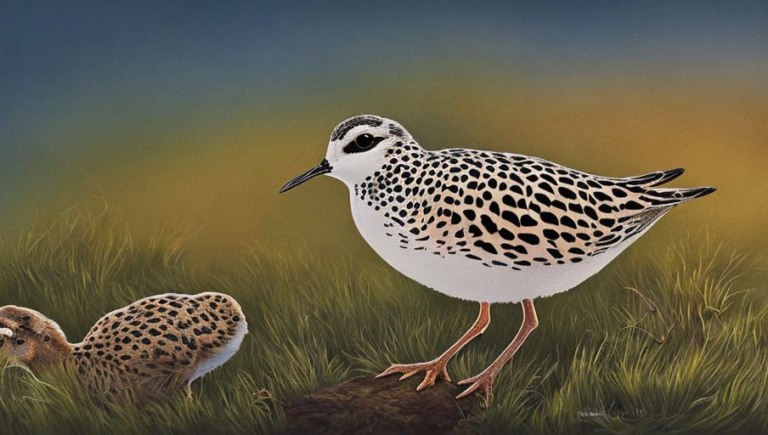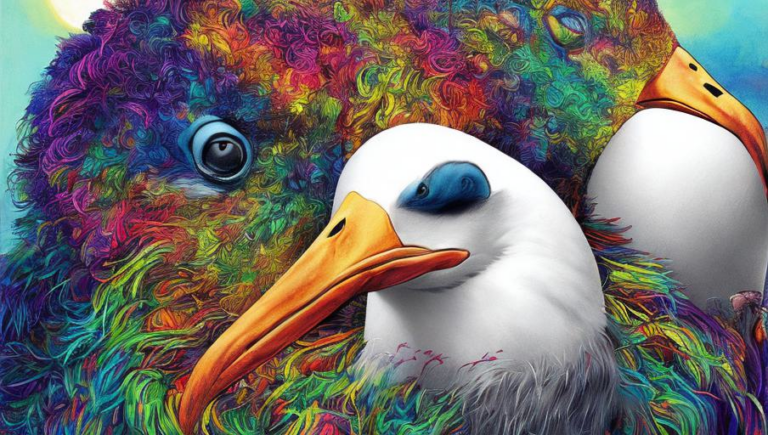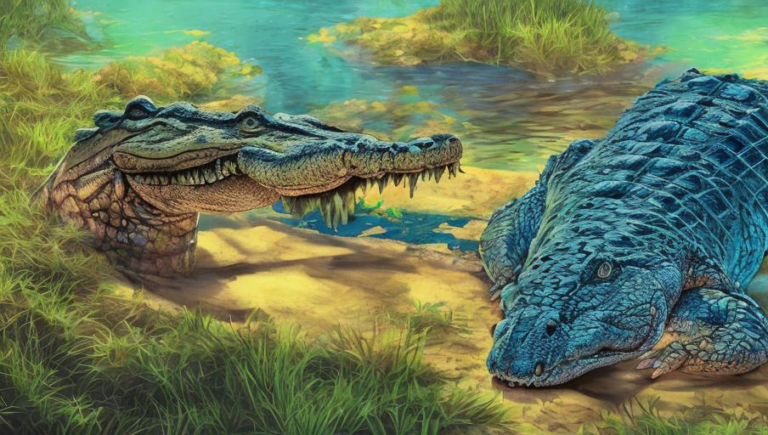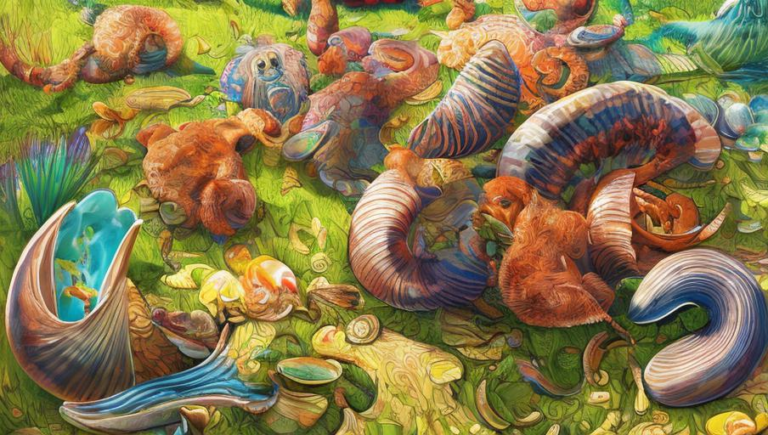Imagining the Lives of Dolphins in Captivity
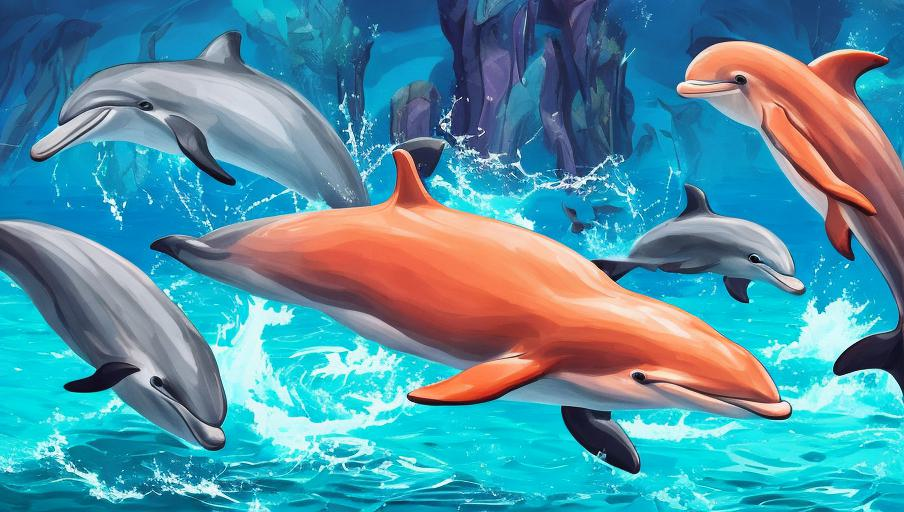
Introduction
Dolphins have captivated people for centuries, inspiring awe with their intelligence and acrobatics. These fascinating creatures have been held in captivity around the world, used for entertainment and research. But what is really going on inside the tanks and tanks of these animals? To understand the plight of dolphins in captivity, we must first imagine the lives they lead.
Exploring the Tank
Dolphins in captivity are typically housed in tanks, pools, or sea pens. The size of these enclosures vary, but they are often much smaller than the dolphins’ natural habitats. While these tanks can provide the dolphins with shelter, food, and medical attention, they also limit the animals from engaging in natural behaviors. Dolphins can be seen swimming in circles, bouncing off the walls of their tanks, and even displaying aggressive behaviors. This is not normal for these animals, and is a sign of boredom and frustration.
Life in Captivity
The life of a captive dolphin can be filled with monotony and routine. They are usually fed the same foods every day and are expected to perform the same tricks and behaviors. This can lead to boredom, stress, and depression. There may also be little to no social interaction between the dolphins, as they are typically kept in separate tanks or pools. This can be particularly damaging for dolphins, as these animals are highly social creatures in the wild.
Stress and Health Issues
Stress and boredom can lead to a range of physical and mental health issues for dolphins in captivity. These issues can include poor nutrition, weakened immune systems, and even aggression. Dolphins in captivity may also become overly attached to their trainers and handlers, leading to further behavioral issues. These conditions can affect the dolphins’ physical and mental wellbeing, leading to a shortened lifespan.
The Price of Captivity
It is clear that dolphins in captivity are not living the same lives as their counterparts in the wild. They are often subject to high levels of stress and boredom, leading to a range of physical and mental health issues. While captivity can provide these animals with shelter and food, it also limits their ability to engage in natural behaviors and socialize with others. It is important to consider the price these animals pay in order to entertain and educate us.
Conclusion
Dolphins in captivity have often been seen as a source of entertainment and research. However, it is important to consider the impact that captivity can have on these animals. They are subject to high levels of stress and boredom, leading to a range of physical and mental health issues. It is important to remember that these creatures are highly social and intelligent, and their lives in captivity should reflect this. We must take into account the price these animals pay in order to entertain and educate us.
